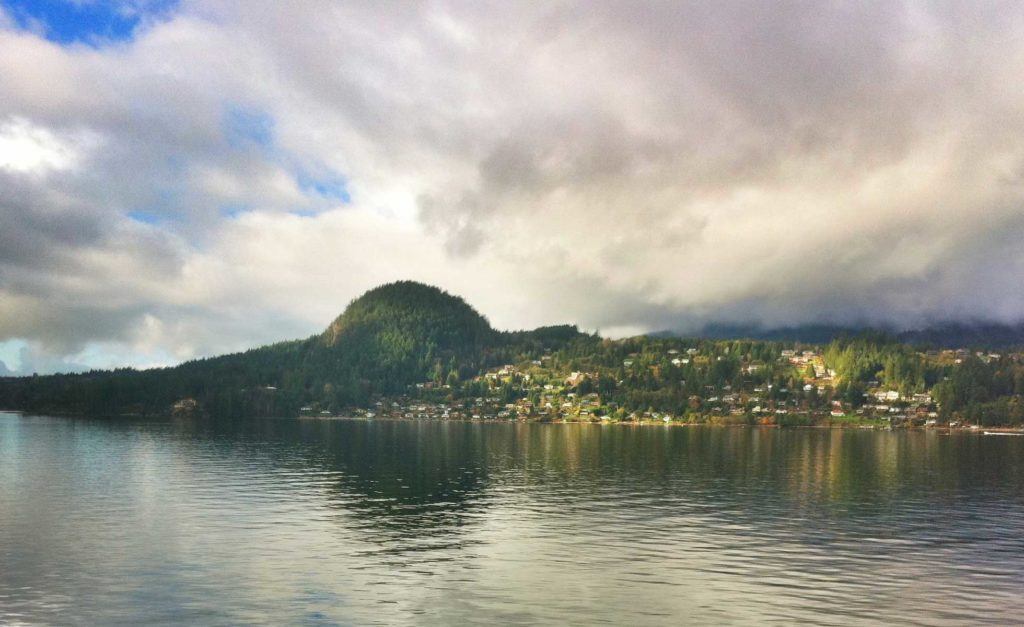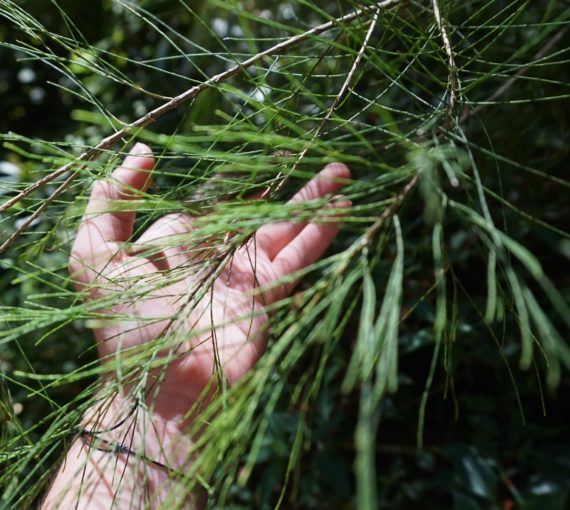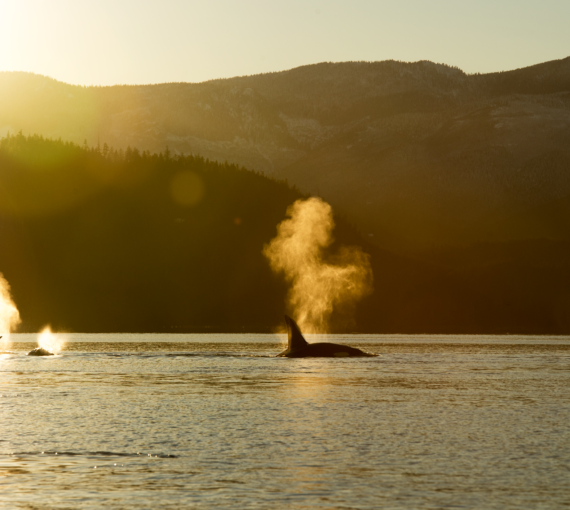
Gibsons, B.C., became the first municipality in North America, and possibly in the world, to consider nature as an asset and give natural assets the same consideration as traditional capital assets. (Photo: Bob Cotter via Flickr)
The small town of Gibsons, B.C., has a big distinction. Last summer it became the first municipality in North America, and possibly in the world, to consider nature as an asset and give natural assets the same consideration as traditional capital assets. The town of Gibsons has committed to operate, maintain and replace its natural assets, such as wetlands and forests, just as it does traditional capital assets, such as roads and sidewalks. Nature, for the first time, is its own distinct asset class central to the town’s municipal asset management policy.
With municipalities receiving just eight cents of every tax dollar to build and maintain almost half of the country’s core infrastructure, it’s not surprising that Canadian cities are looking for innovative, cost-saving approaches to manage it. As aging infrastructure eats up more and more of municipal budgets in maintenance, repair and replacement costs, this becomes urgent.
Cities depend on good infrastructure. Roads, pipes, sewers, libraries and buses operate so seamlessly that their importance often goes unnoticed — until they fail. It’s only then that we recognize how dependent we are on them.
Like our built infrastructure, nature also is crucial to the livability of our communities. In addition to a range of other benefits, forested watersheds provide people with clean drinking water, wetlands protect us from floods and process our waste and vegetated banks protect our home properties from erosion.
By incorporating both kinds of infrastructure, Gibsons is not only managing risk but is also saving costs and adding flexibility to its management approach.
The David Suzuki Foundation, with a team of B.C. Institute of Technology students, is developing the business case for the town’s creeks and woodlands as part of Gibsons’ Eco-Asset Strategy. We are building a model to estimate the replacement, maintenance and monitoring costs of ecosystem services that mimic built infrastructure. The model is designed so that other municipalities, regardless of their size, can copy this approach.
Growing cities put a lot of pressure on the remaining but rapidly disappearing areas of nature. Including these natural assets within infrastructure programs may be the best way to make sure they’ll still be here for future generations to enjoy.
Our work
Always grounded in sound evidence, the David Suzuki Foundation empowers people to take action in their communities on the environmental challenges we collectively face.



